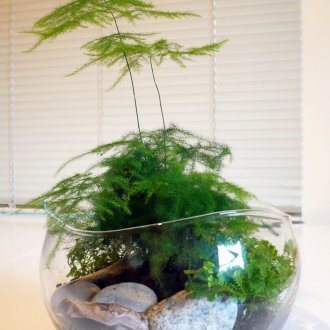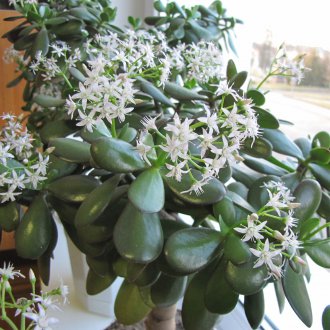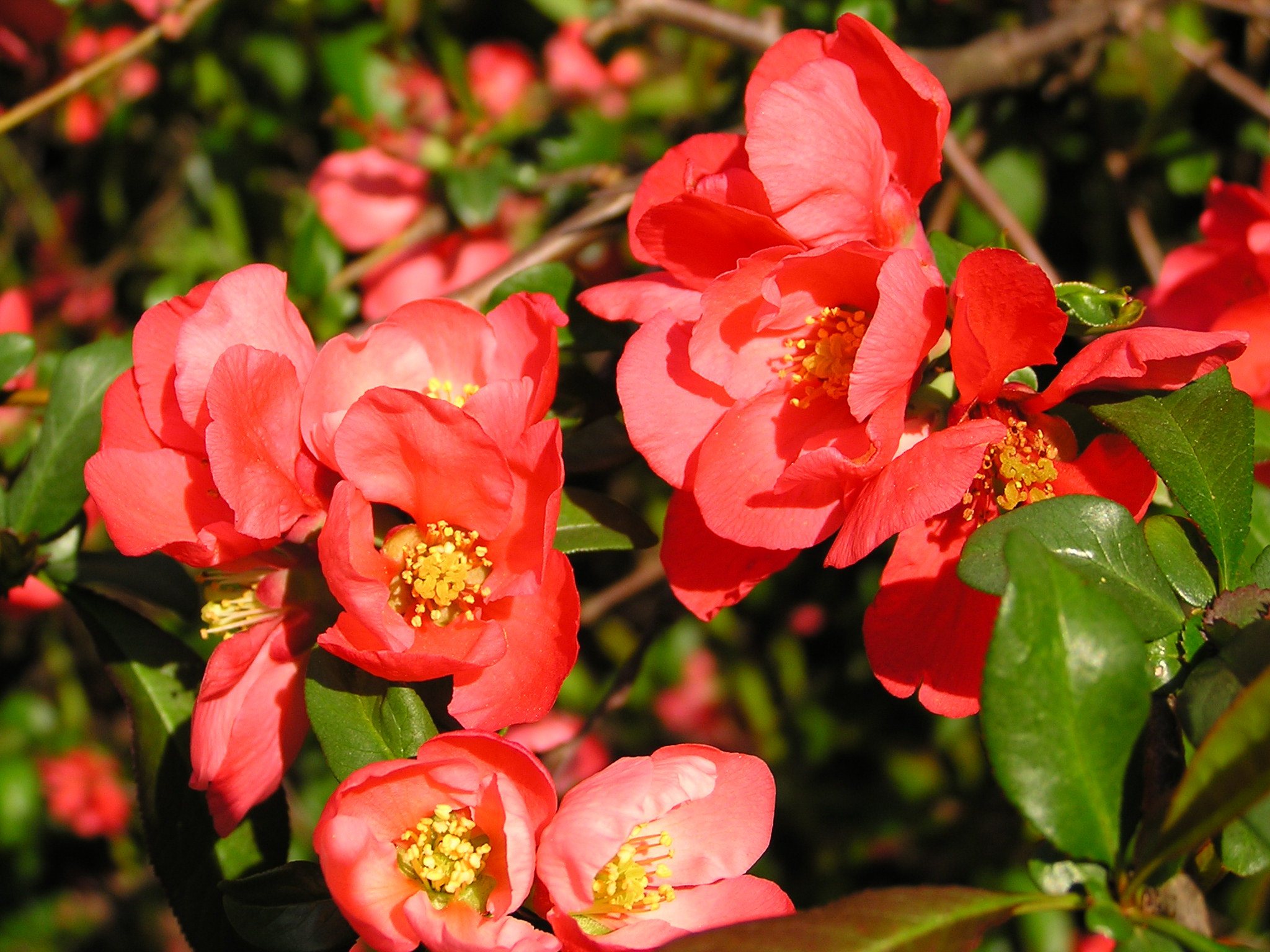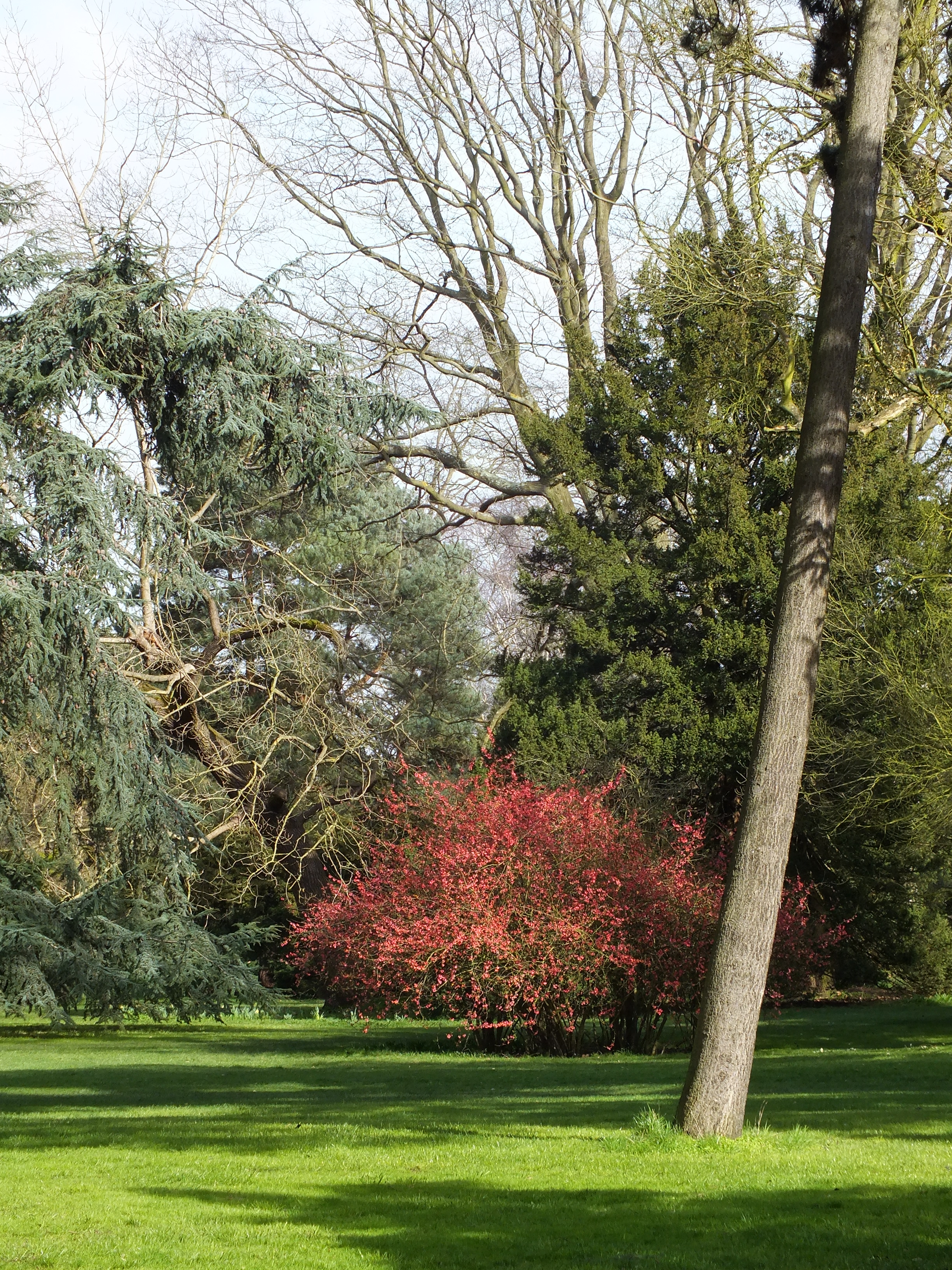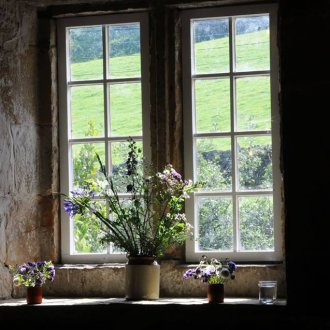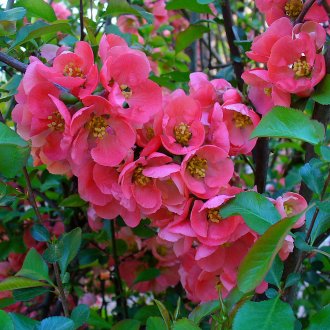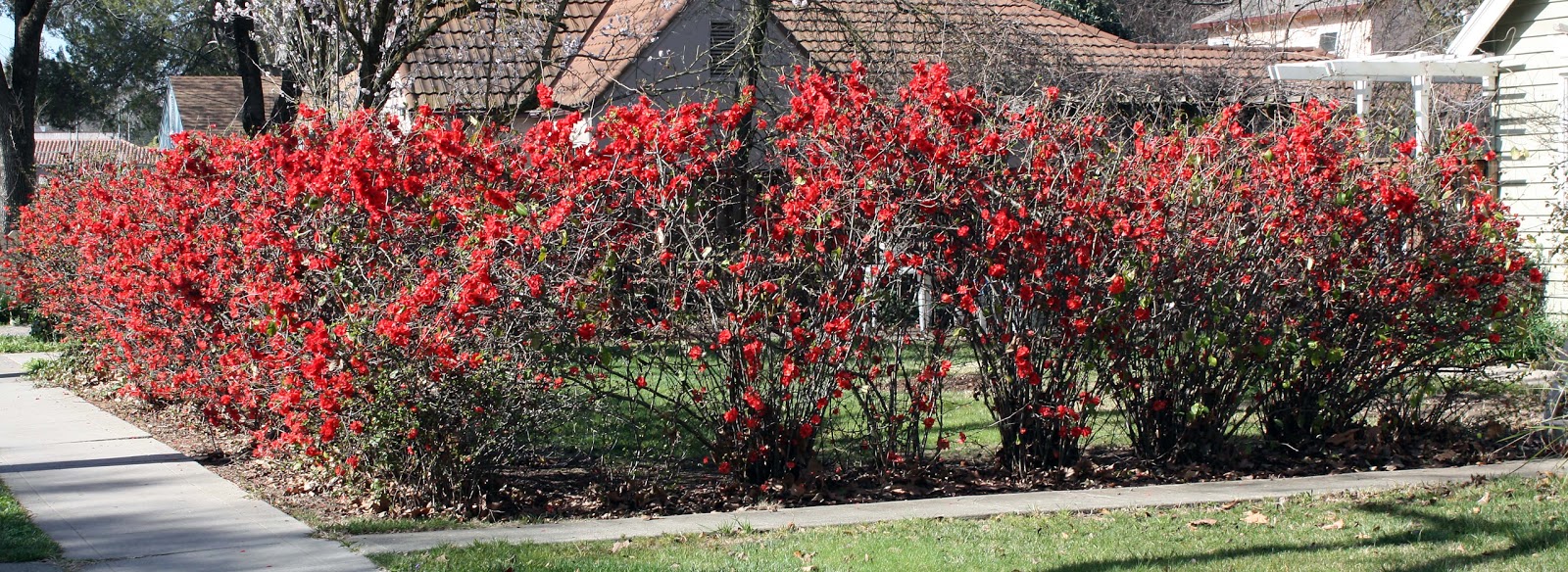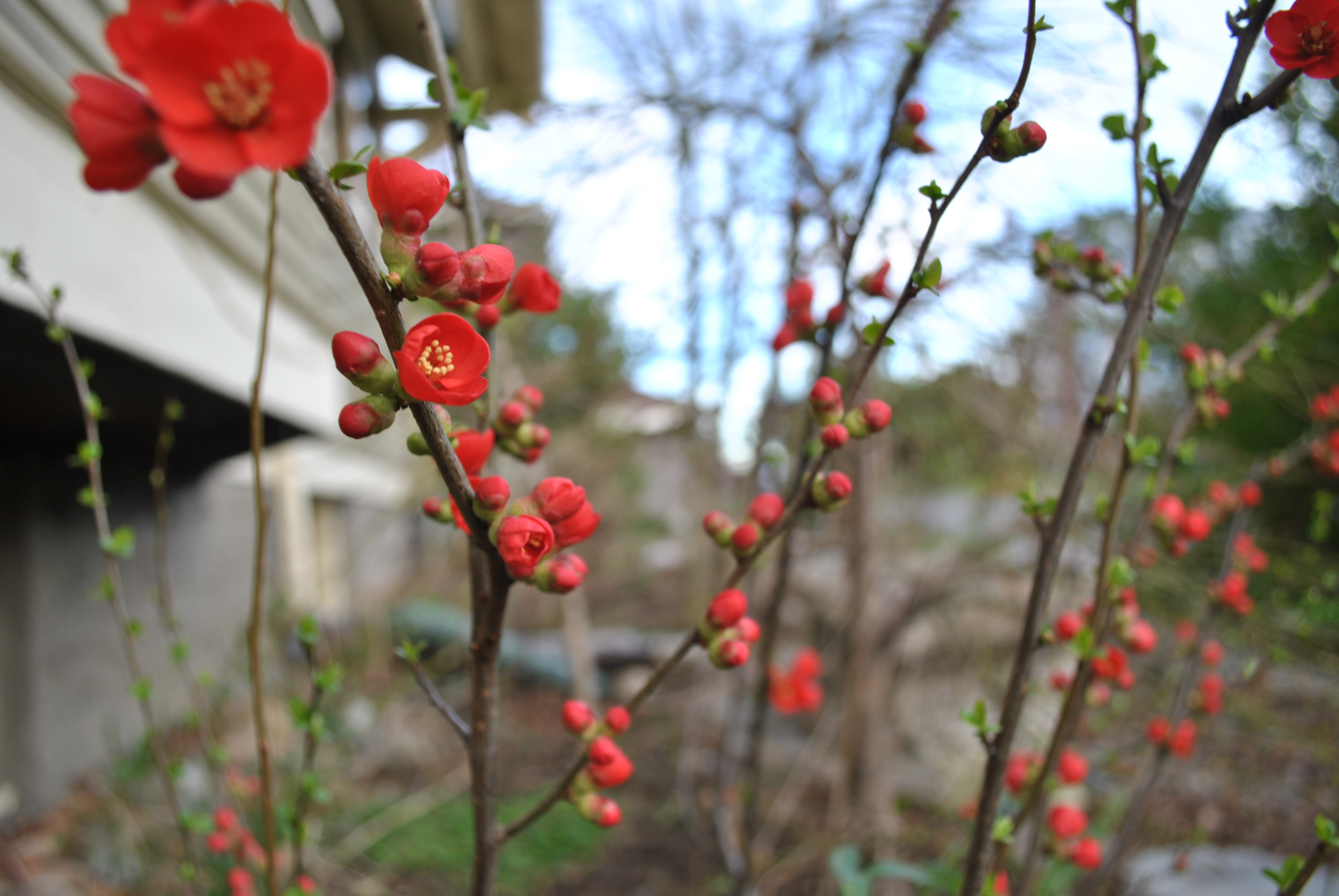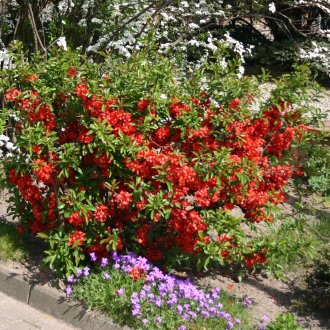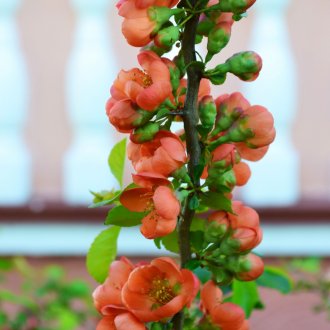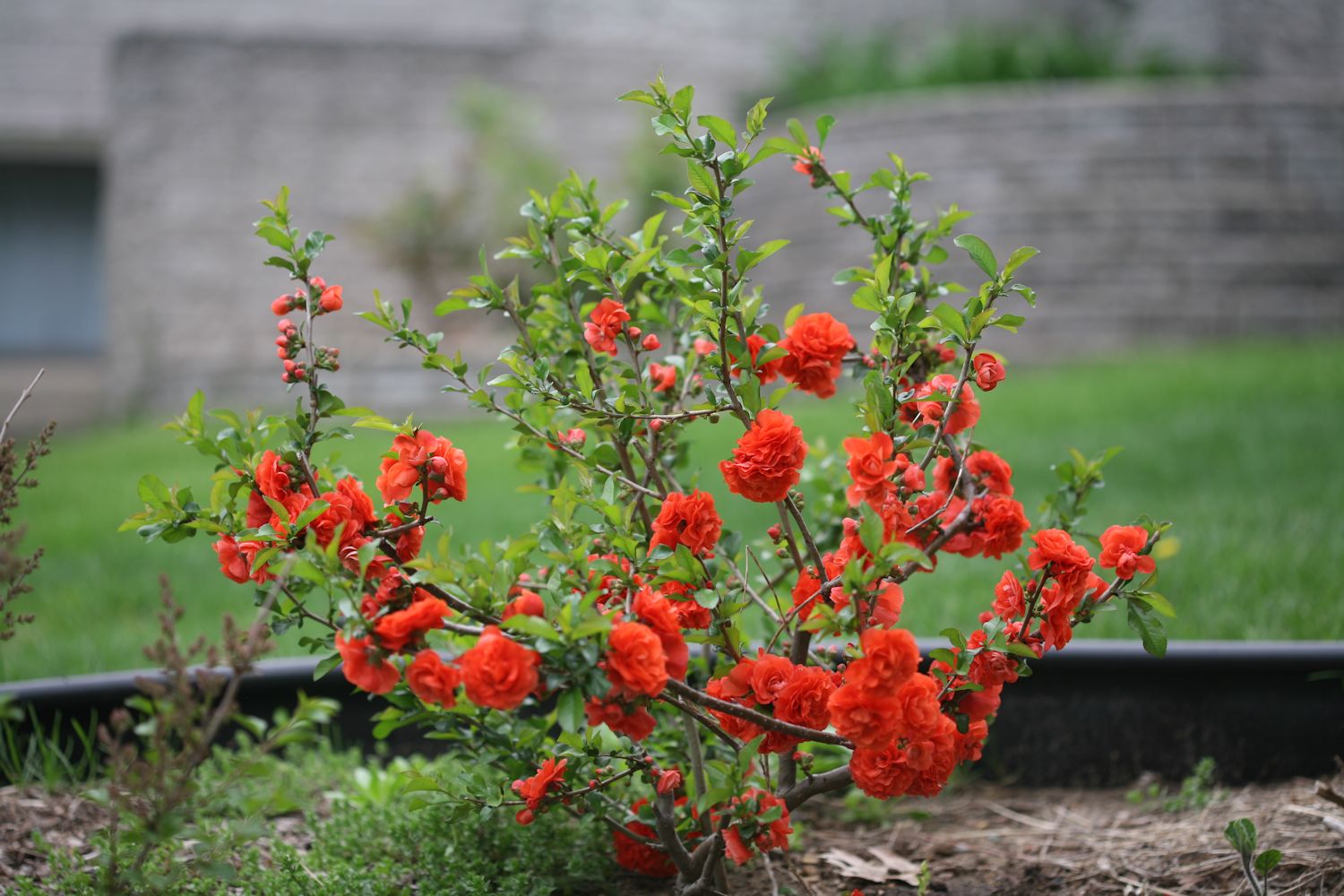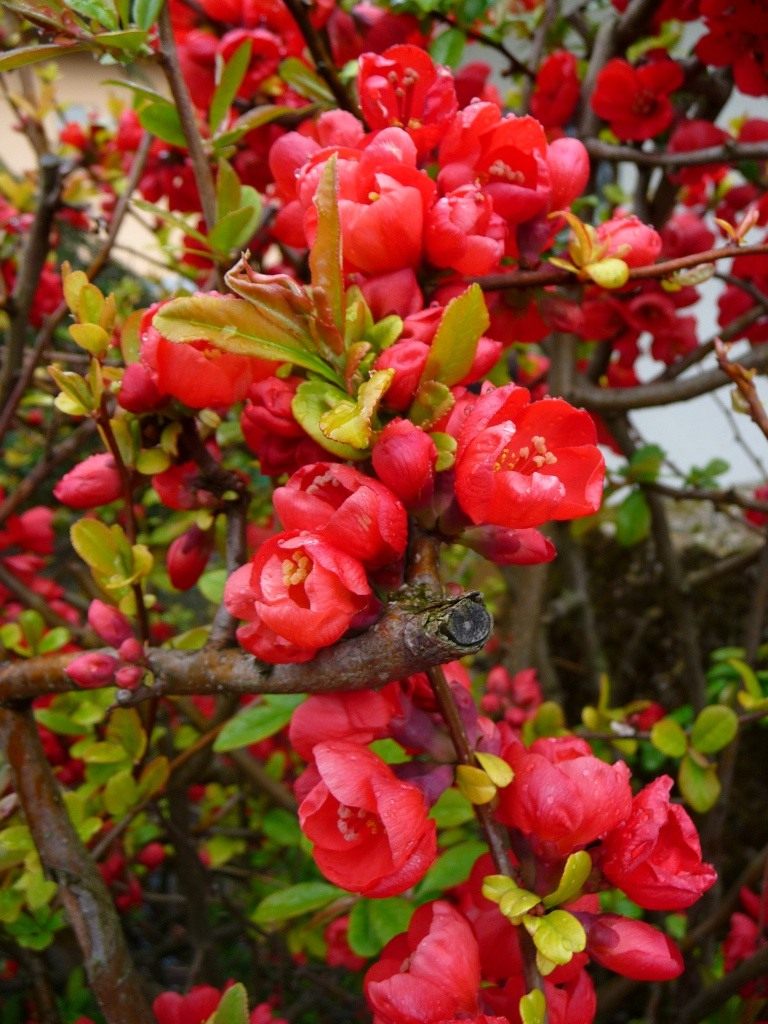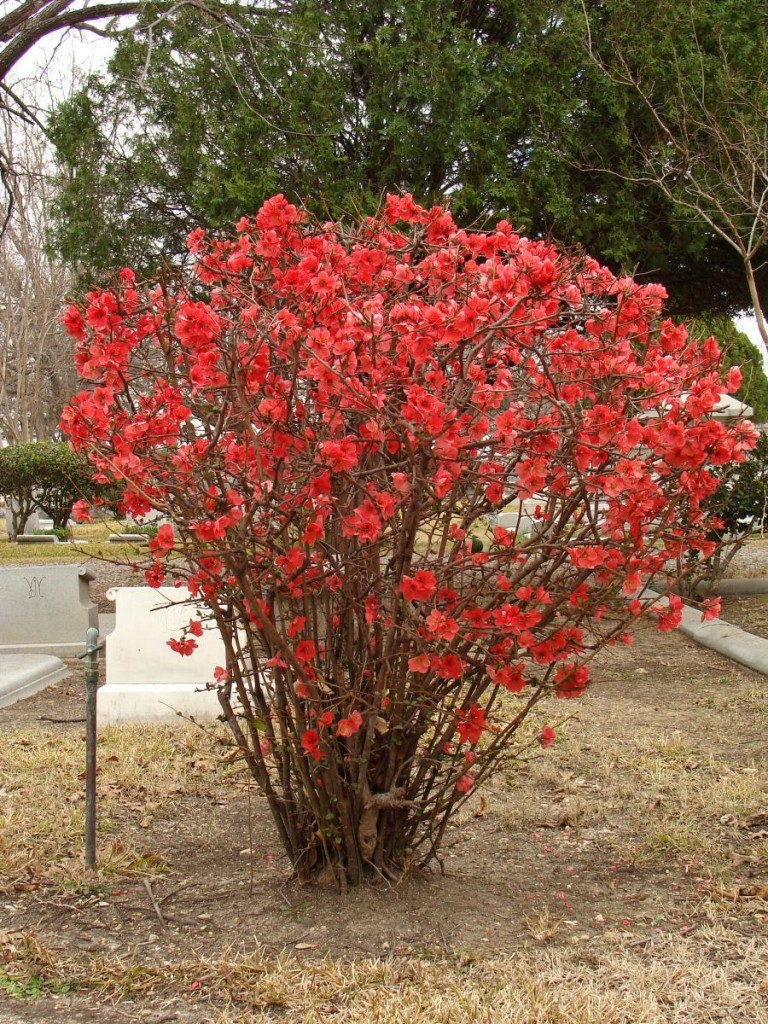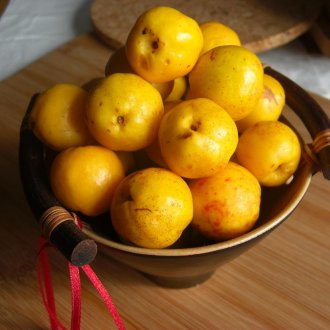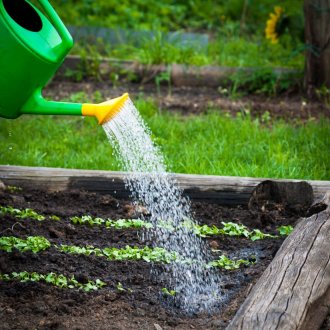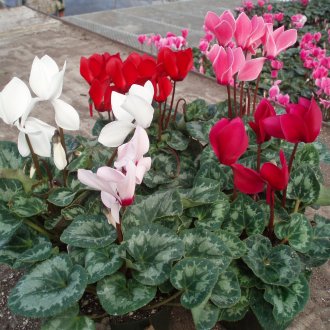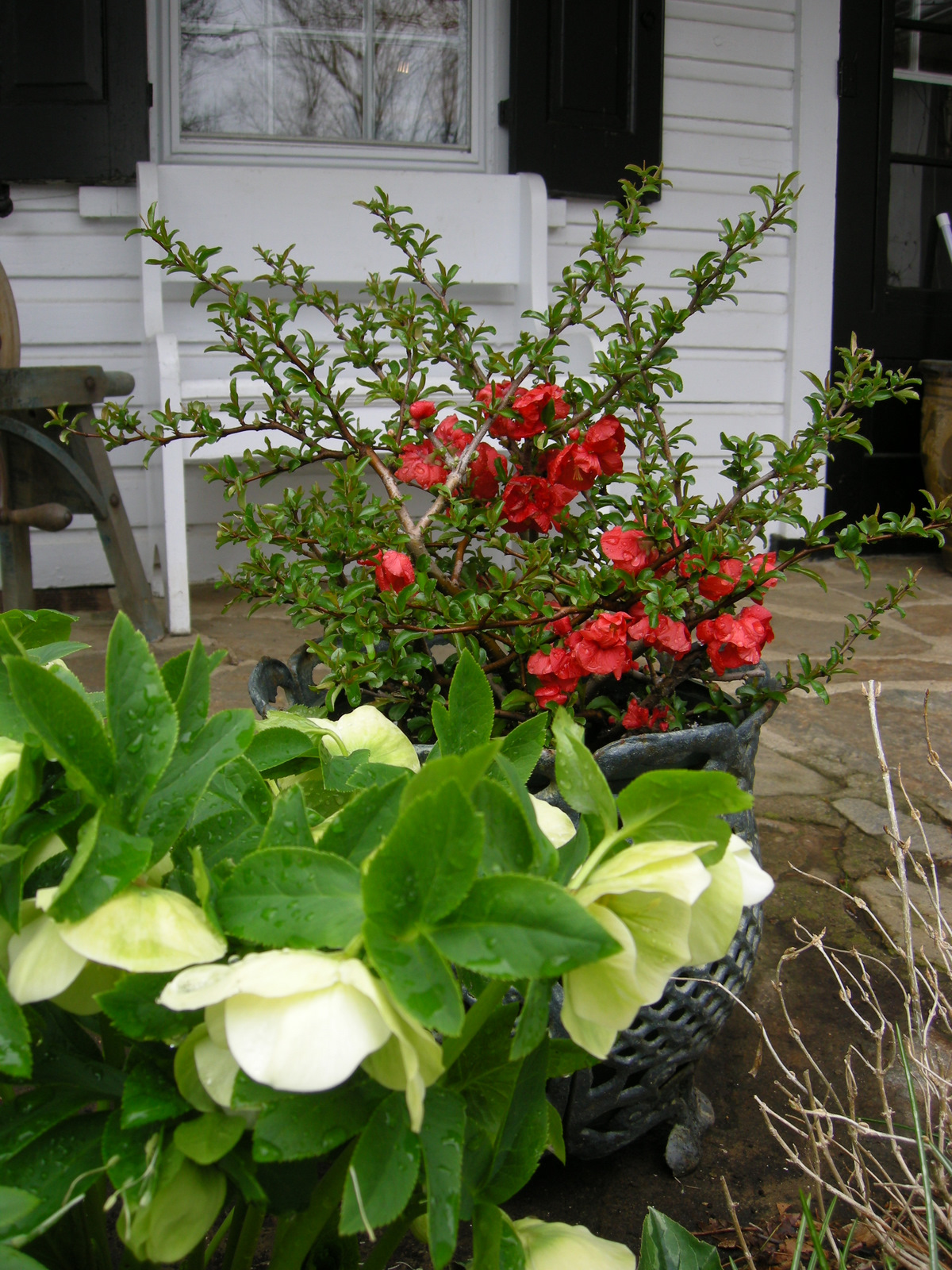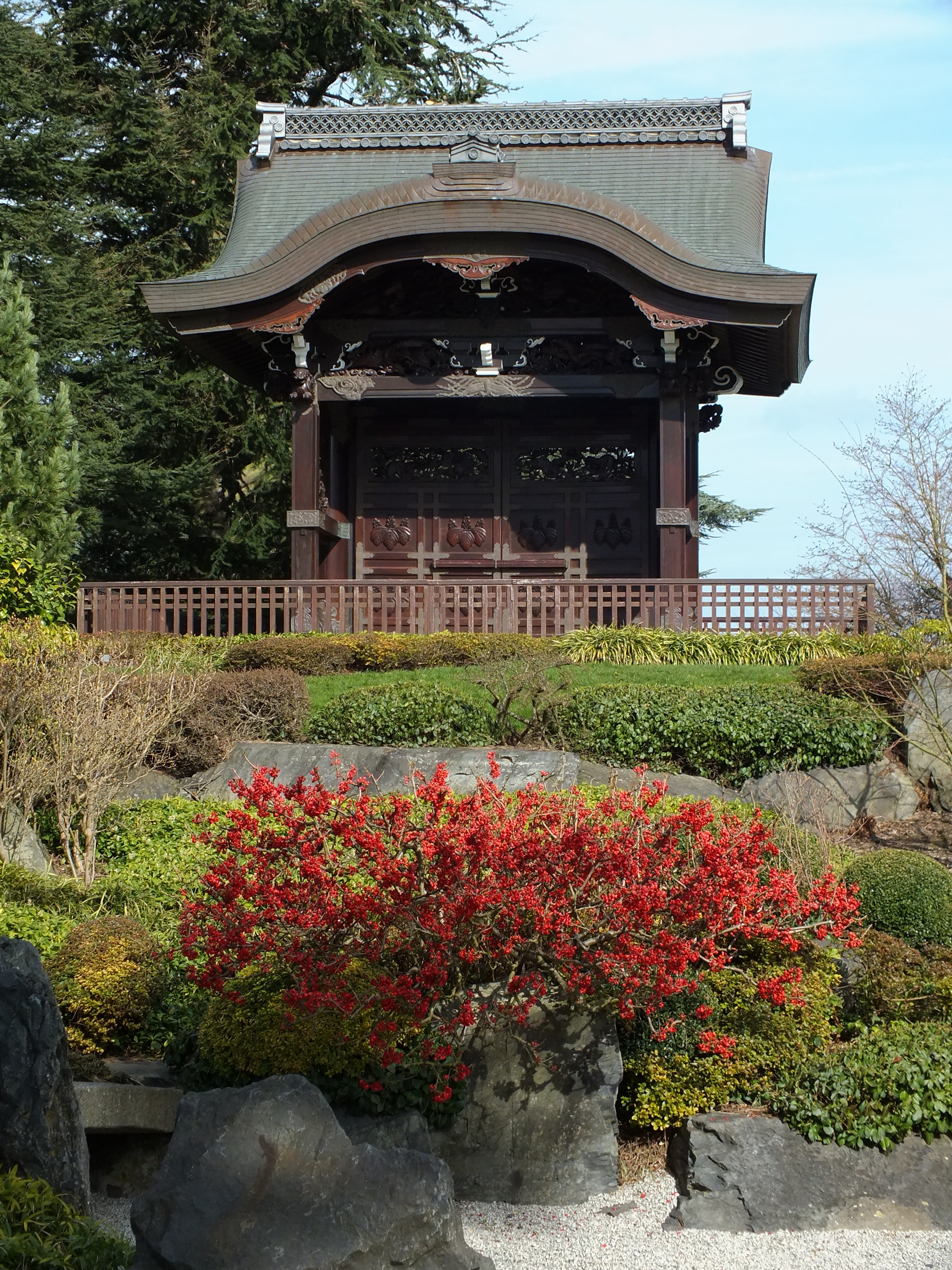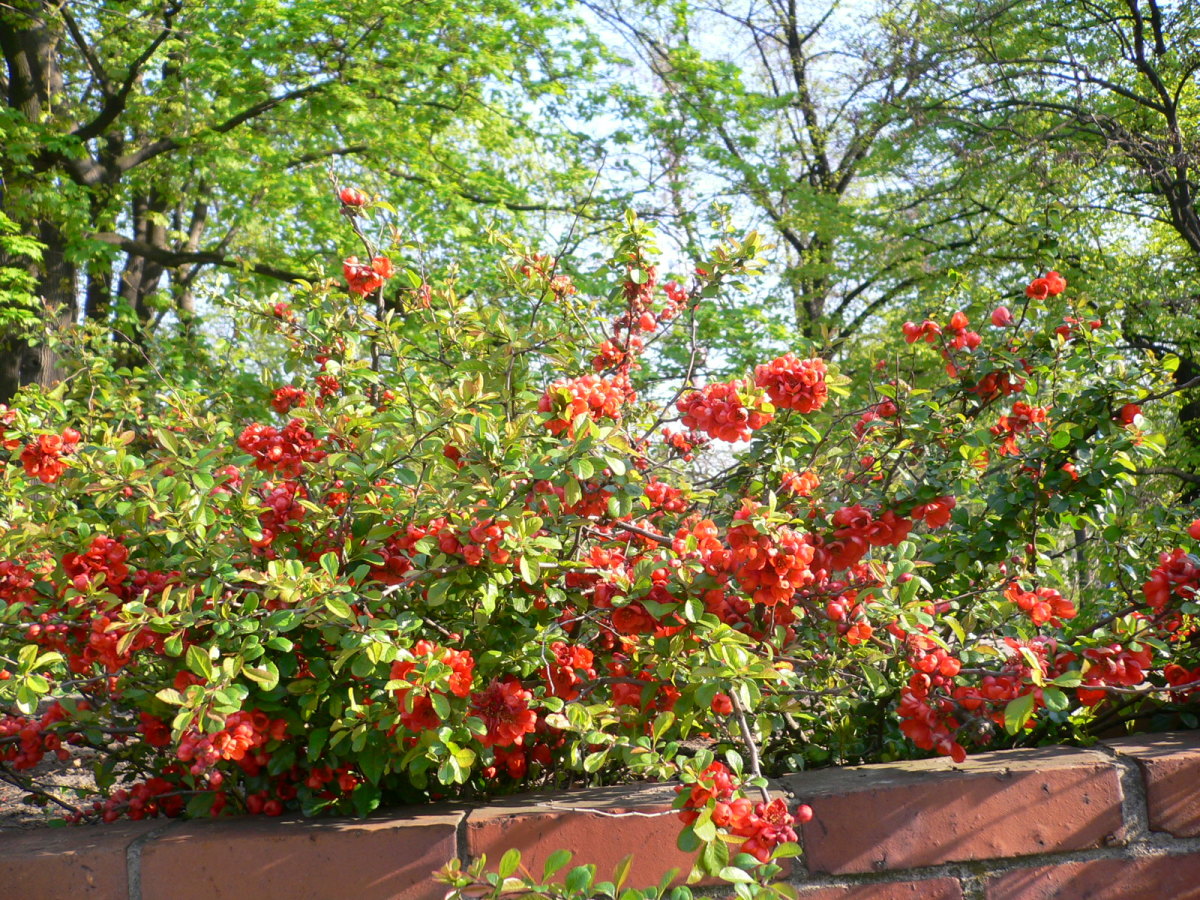Features of growing Japanese quince in a personal plot (20 photos)
Content
The exact name of this thermophilic plant is Japanese genomeles; the bush successfully takes root in regions characterized by a mild climate. Plants located in areas with harsh winters, when the temperature drops below -30 °, experience a negative impact. Their annual shoots and buds will most likely freeze, and in spring the quince will not bloom as lushly as expected, but the branches that spent the cold months under the cover of snow will actively develop with the onset of heat.
Possibilities of placement in the garden
Japanese quince needs to be located in the most lighted area, all varieties are extremely photophilous and bloom little in the shade. It is resistant to drought, while caring for Japanese quince at a young age requires regular moderate hydration, moisture stagnation should be avoided.
Humus-rich soils with a slightly acidic reaction are suitable for most varieties and types of henomeles: light sandy loamy, sod-podzolic, loamy, caution should be exercised in peatlands. If Japanese quince is planted in the alkaline zone, the probability of leaf chlorosis is high.
Japanese quince in landscape design can be used taking into account several factors:
- optimal south side of the house;
- suitable corners on the site, protected from frost and strong winds;
- if the garden is broken on a hill, the southwestern and southern slopes should be chosen for the genomeles.
Preliminary preparation and landing
Because of how correctly and how fully prepared the soil was, most aspects of growing shrubs depend. In the fall, the plot is cleaned of weeds, immediately before planting (until spring) it is kept under black steam. Heavy and marginal soil is diluted with sand and leafy soil, potash and phosphate fertilizers, peat compost are actively introduced.
Planting and caring for Japanese quince in the open ground begins in early spring, when the soil has already thawed, but the soil has not begun to bloom. Autumn planting of quince during abundant leaf fall is permissible, but not always advisable, since henomeles loves warmth and can die.
Experts insist that the Japanese quince should be transplanted only 1 time - when it is placed in a permanent "place of residence", where it can stably bloom and bear fruit for 50-60 years. The plant does not tolerate any such manipulations, excessive interference with its vegetation can cause a decrease in the number of flowers. This should be taken into account when designing the landscape, it is worthwhile to think in advance where the shrub with reddish, less often white and pink buds will look best.
Rules for the care of young landings
So that in summer the flowering quince is lush, the soil around it must be thoroughly loosened, simultaneously removing weeds. Around you can pour a 3-cm layer of the shell of pine nuts, crushed bark, peat, wood sawdust. Mulching is best done in the spring, when the soil is warm and sufficiently moist, and the autumn procedure should begin after the onset of subzero temperature.
In the first 12 months, the planted plant does not need to be treated with liquid top dressing (there is a high risk of damage to the roots), the nutrients initially planted in the spring will be enough. For 2-3 years after the transplant, when the snow has already melted, the process of leaving is reduced to the application of organic and mineral fertilizers: potassium and superphosphate formulations, compost are placed in the trunk circle, and in the summer a solution of bird droppings, ammonium nitrate are introduced. When deciding how and how to feed the genomeles, one should take into account the characteristics of the soil and the region of growth.
In autumn, Japanese quince is covered with spruce branches, sprinkled with fallen leaves - these measures will help her survive the winter cold. Wintering cuttings and young seedlings can be covered with spanbond or lutrasil, undersized shrubs and at all "book" with the help of dimensional wooden boxes, large cardboard boxes.
Methods of reproduction of Japanese quince
The simplest and most reliable methodology is recognized by farmers to grow plants from seeds. When eating or processing ripe fruit, the core is cleansed with brown seeds suitable for planting. They are removed and immediately sown in the ground so that they wintered directly in the soil. Germination of all types of quince can reach 80%, with the onset of heat thick shoots appear, moreover, they do not need preliminary soil preparation.
If it was not possible to plant the seeds before the onset of cold weather, they should be laid down for stratification - placed for 2-3 months in moist sand (the ambient temperature should not exceed + 5 ° C).
In spring, stuck shoots are planted in the ground in the place where they are planned to be left for further growth and fruiting. Two-year-old bushes acquire an elongated root type of root, if you try to transfer them to another place, the roots may be damaged, so experts recommend leaving the genomeles alone after the first transplant.
Propagation by seeds is more economically efficient than using a vegetative technique, but when vaccinated and grafted, varietal characteristics of quince are preserved. Cuttings are selected on dry days in early June, when they are planted, growth stimulants are added to the mixture of peat and sand. Rooting is observed at the end of one and a half months, the survival rate is 30-50%.
Root offspring contribute to the spread of the bush in breadth, they can also be used for reproduction. During the digging of such shoots, shoots are left, the length of which does not exceed 15 cm, their thickness should reach 50 mm. Each bush produces approximately 5-6 viable root branches. They are vertically placed in the ground, regularly watered so that the soil moisture is always above average. This site is mulched using chips, humus, chips. The disadvantage of reproduction by root branches is the need for growing seedlings. And the fruits of such bushes are usually smaller.
Henomeles pruning rules
All varieties tolerate a haircut, which is very much appreciated among gardeners. The question of how to trim the shrub comes down to the following tasks: sanitization, bush formation, rejuvenation. For work, you need to pick up long tight gloves that can protect against sharp spikes.
For sanitation purposes, dry shoots that died during frosts are cut. Here you need a garden file and secateurs, places of influence should be abundantly treated with garden var. After this procedure, the bush comes to life, grows faster.
Pruning for the formation of the bush is carried out at the very beginning of the spring period, when henomelesa is already 4-5 years old. The annual removal of part of the basal shoots allows you to slow down the increase in the size of the bushes and their density, for a harmonious growth will be enough only 2 root offspring. Moreover, it is better to leave shoots growing horizontally 20-40 cm from the ground. Vertical and creeping processes should be cut.
Anti-aging pruning is relevant when Japanese quince reaches 8-10 years of age. The bush is thinned, depriving elongated, thin and weak branches, leaving no more than 15 strong shoots. Only branches of 3-4 years of age bear fruit, therefore the crown is formed so that only processes no older than 5 years always remain.
Disease Prevention
Japanese decorative quince is not afraid of most pests. Nevertheless, in conditions of high humidity and stagnation of water, the occurrence of necrosis and spotting is possible, the fungus can lead to drying out and deformation of the leaves. Cercosporosis is expressed as round browns, and ramilyariosis is expressed as brown spots. Treatment comes down to spraying with soap-copper liquid or fundozole. A safer method is the use of onion infusion.
A little about the pleasant: fruit picking
Fruits ripen in September-October, each bush can give up to 2-3 kg of harvest, it all depends on the intensity of flowering plants in spring. Pollination of the culture is carried out in a cross way, so if you need fruits, you need to plant nearby several seedlings or just 2-3 varieties. In the middle lane, the crop will remain green for a long time, it must be collected before frost, otherwise its taste will be violated.
Henomeles perfectly ripens in room conditions, gradually turns yellow - it can be processed in any way. If a fruit that looks like a small apple wrinkles, it can be used as food - this is a natural process. Fragrant Japanese quince can be stored at home until the end of December.
Quince grown in the garden can be used for making pastille, syrup, jelly, jam, liquor. Organoleptic qualities of fruits significantly improve and refresh the taste of compotes and jams made from aronia, peaches, apples, apricots. Dried slices can be used in compotes from a mixture of dried fruits.
